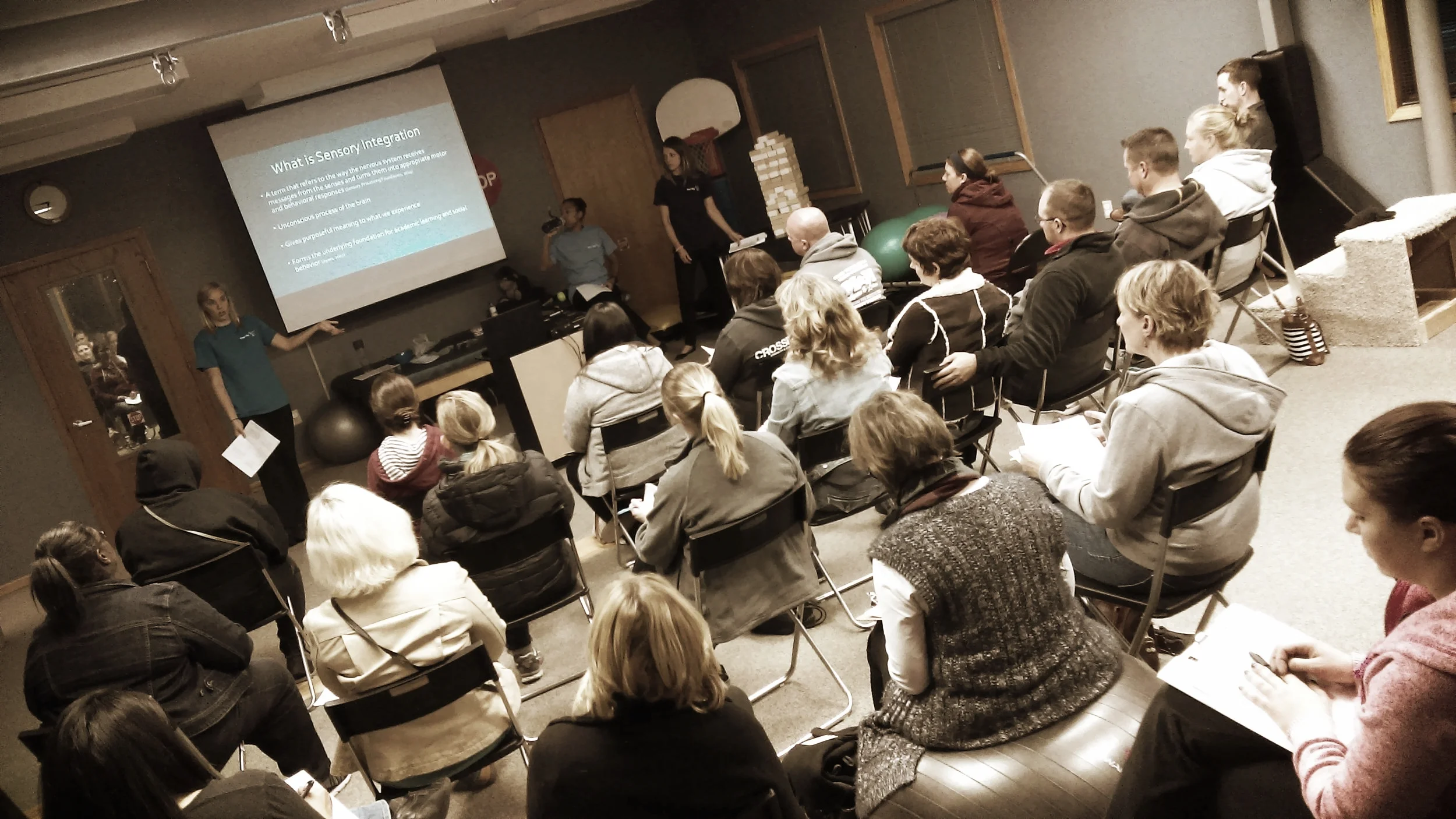OT Month- Fine Motor Skills
/Happy Occupational Therapy Month! We are lucky to have some amazing OTs here at Therapy OPS that have created some blogs that target different OT skill areas. Today’s blog comes from Hannah and is about fine motor skills. Enjoy!
Fine motor skills (e.g. handwriting, cutting, grasping) does not just begin with the skill itself, but the development of other skills prior to the activity. Areas that need to develop with or prior to a skill include but are not limited to:
• Strength (not only hands, but core for stability of the body along with head control necessary for visual motor skills)
• Visual motor skills (includes the ability for both eyes to move smoothly and efficiently)
• Coordination (both whole body movements and then small body movements)
• Lower level skills (e.g. In order for you to throw a ball, you have to develop good grasp and release skills)
• Cognitive skills (e.g. understanding how scissors open and close)
Whether a child is able to do a fine motor activity yet or not, early exposure to exploring fine motor activities can be beneficial in promoting cognitive understanding/growth towards fine motor skills.
• Model activities early
• Allow assistance and exploration of objects when appropriate
With supervision: Here are a few fine motor activities that you can explore (but are not limited to) with your child. This list of activities is not meant to be used as fine motor developmental milestones, but a general guide to activities that may be appropriate for your child at different ages. Please contact Therapy OPS if you have any further concerns and questions related to fine motor skills.
• Under 6 months: grasping objects, reaching towards toys, transferring objects from one hand to the other, banging toys together
• 6 months- 1 year: pointing to objects, container play activities, reaching towards objects requiring shifting of weight onto opposite arm, activities on hands and knees, pulling up to stand, exploratory play with marker/various objects, ring stacker, exploring banging and assisting with using a spoon, learning simple signs (please, more), start exploring tooth brushing
• 1-2 years: Start exploring scissors (e.g. assisting child to make snips), stringing large beads on string, coloring with crayons, block towers and mimicking similar block shapes, eating with spoon independently, starting to eat with fork, reading books together
• 2-3 years: simple puzzles, scissor snips, blocks, pencils/crayons/markers, turning single book pages, copying shapes/lines, assists with zipping up and unzipping
• 3-4 years: holding paper while coloring, cutting around shapes, simple interlocking puzzles, starting to use thumb/finger on same side grasp with crayons, large buttons, drawing lines and moving towards simple shapes, usually short crayons to help with effective 3 finger grasp, painting
• 4-5 years: coloring, starting letters, copying simple pictures, cutting out simple shapes, designs with Legos, interlocking puzzles, dressing and undressing self
• 5-6 years: start exploring shoe tying (simple knot), cut and paste simple shapes/make crafts, encouraging drawing of basic pictures (e.g. sun, clouds, grass, people), 20-piece puzzles
• 6+ years: shoe tying, drawing detailed/recognizable drawings, neatly cutting various shapes/objects, complex puzzles

